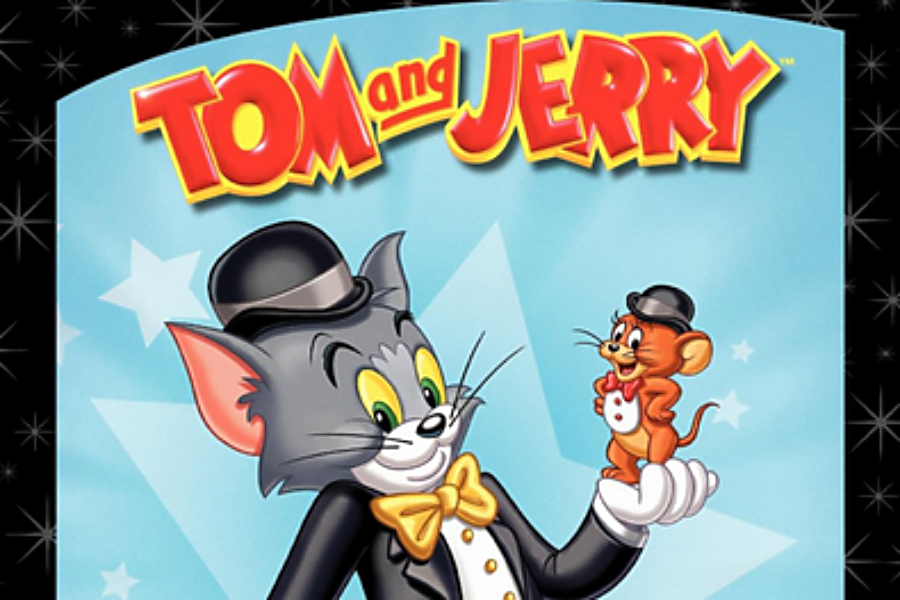Why Amazon is warning viewers of 'Tom and Jerry' cartoons
Loading...
Amazon Prime is warning its viewers that the 1940 cartoon “Tom and Jerry” has “ethnic and racial prejudices that…were wrong then and are wrong today.”
This warning is the exact warning that appeared on the original Warner Brothers DVDs, so may not reflect a new Amazon policy. A screenshot circulating online shows the warning sentence before viewers of the online service purchase the complete second volume of the series.
The "Tom and Jerry" television cartoon, nearly 75 years old, has faced criticism for its use of blackface and its depiction of Mammy Two Shoes, a black maid whose face is never seen.
To Jason Sperb, a lecturer at Northwestern University’s department of radio, television and film, Amazon’s warning label makes sense – and represents progress. For decades, he says, re-releases of shows from the 1930s and 1940s removed or altered all racist content.
While it is important to recognize that some content may offend viewers, he says refusing to show controversial content would cross a line, calling releasing this content an “ethical responsibility.”
“Let’s bring back this history carefully and sensitively,” he says.
In the 1960s, some “Tom and Jerry” scenes were edited before distribution, CBS News reported.
This selective inclusion lowers the authenticity of the work, says Leslie Picca, an associate sociology professor at the University of Dayton.
When these cartoons were made, she says, these depictions were “commonplace and accepted.” Releasing entire episodes – with these warnings – may help “start an honest conversation and dialogue” about the progress American society as made and how it can improve, she says.
In her race and ethnicity course, Prof. Picca shows “Mickey Mouse Monopoly” (2002), which she says takes an alternative lens to the classic films that many of her students grew up watching. Her students then discuss how Disney characterizes Latinos and Asian Americans in its films.
“We’ve come a long way, but we recognize that these images still exist,” she says.
In 2005, Whoopi Goldberg introduced a spotlight collection of Tom and Jerry episodes, the Huffington Post reported. She placed racist elements in the context of their time, but argued for their inclusion on the edition.
“Some of the cartoons here reflect prejudices that were common in American society, especially when it came to racial and ethnic groups,” she says. “And these prejudices were wrong then and are certainly wrong today.”
But Mammy Two Shoes, she said, was “an important component that made the interplay in those cartoons work so well.”
“Ms. Two Shoes, along with other elements that reveal the prejudices of the time, are presented here to accurately reflect a part of our history that cannot and should not be ignored.”
The statement on Amazon’s webpage legitimizes a discussion that has occurred among Amazon’s viewers, who for years have debated the merits of including this content in the comments section of “Tom and Jerry” boxed sets.
One commenter on the 2005 spotlight collection says, “Amazon is selling the REAL deal, and yes, it is very, very racist.” Another writes, “There is some politically incorrect humor and ethnic portrayals. In retrospect, I think a lot of it is overblown, but can see how some could be offended.”
An Amazon spokeswoman declined to comment on the Tom & Jerry warning label.








